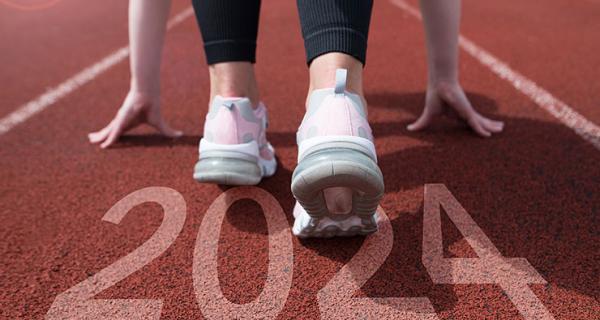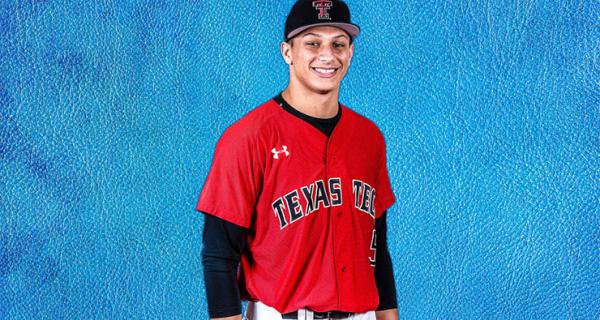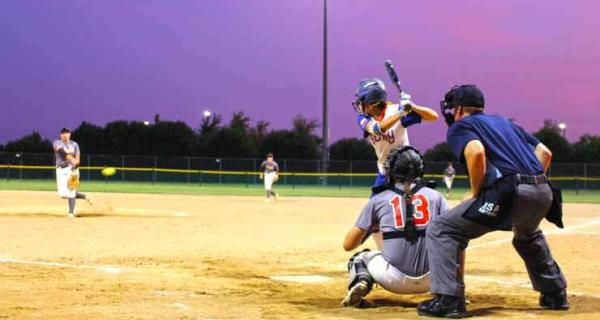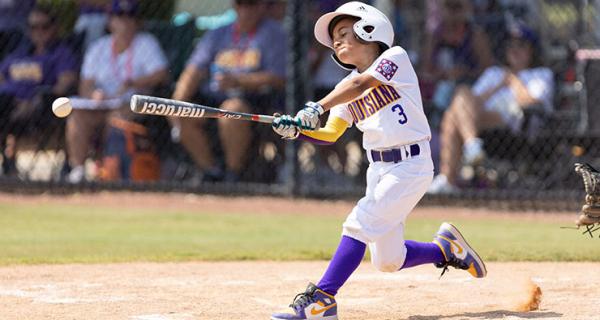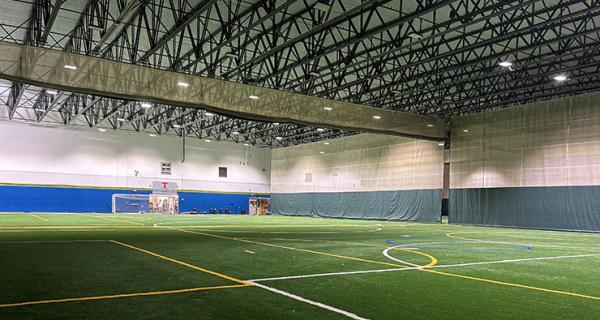Volleyball Sets Up the Recovery for Convention Centers
Destinations across the country can trace their revivals events to volleyball's big comeback.
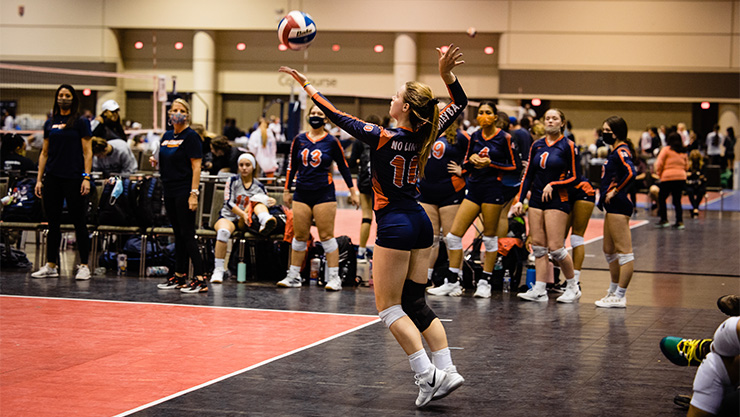
If USA Volleyball Director of Events Kristy Cox were to place one finger on a volleyball (naturally) and trace her journey over the past year, she is finally back where she started. “Full circle,” Cox says of the completion of the Sunshine Classic at Orange County Convention Center in Orlando in March.
No matter how unusual the orbit has been—including Cox’s monthslong furlough—the fact she and the national governing body are in the same trajectory of early last year is comforting. The Orlando competition was the final girls national qualifier USA Volleyball completed prior to the pandemic virtually shutting down travel and the first to occur this year. Twelve are scheduled, funneling into four championships.
Over the weekends of March 6-8 and March 12-14, OCCC welcomed 32,760 attendees for the Sunshine Classic, which had an economic impact of $42 million, the convention center reports. While the numbers are massive, they pale in comparison to past years, Cox admits. The number of spectators was halved as a lot fewer people made use of a lot more space inside the convention center.
But after the year we’ve all had, something is better than nothing. For many destinations, that something is starting with volleyball.
First Up
The pandemic has affected individuals differently and, quite frankly, caused a schism on how to operate daily lives. Ultimately, this led to states and counties playing by different sets of rules. While some destinations, primarily in Florida and Texas, have loosened restrictions that have allowed for organized sports to go on in some form (fewer fans, with masks, etc.), others in California and Illinois have been forced to wait their turn to make use of their venues, some of which were converted to COVID-19 testing and now vaccination sites.
Just as USA Volleyball was serving up its qualifier event in Orlando, the Wisconsin Juniors Volleyball Club began its Amateur Athletic Union Winter Classic at Wisconsin Center—exactly one year to the day the facility began canceling events due to the pandemic. Aside from serving as the anchor of a very downsized and mostly virtual Democratic National Convention, the center has sat largely dormant until the AAU event. The Badger Region Volleyball Championships followed the next three weekends.
The stats give Marissa Werner, CSEE, director of sports development at Sports Milwaukee, plenty to smile about.
- Wisconsin Juniors has an estimated economic impact of $1.8 million and 4,000 attendees.
- Badger Region has an estimated economic impact of $1.8 million its first week, $1.6 million the second week and about $1.3 million its third week.
- Badger Region attendance ranges from 3,000 to 4,000 attendees each weekend.
“This is really the first time we see a sense of getting back to normal with our meetings, conventions and events,” says Werner. “And the fact that sports events are the ones ushering in that comeback is really amazing.”
Similar stories are playing out across the country.
America’s Center in St. Louis, TCF Center in Detroit and Mandalay Bay Convention Center in Las Vegas all relaunched events in the past three months, set up by a massive volleyball undertaking.
Itching to Play
Destinations that got off to an earlier start, including Indianapolis and, particularly, Orlando, can also trace their revivals to volleyball. AAU’s 2020 girls nationals last July in Orlando was among the first high-profile events of any kind to be played during the pandemic. It laid the groundwork for what could be done and began changing the mindset of some officials, parents and athletes who were unsure about resuming their athletic lives.
“We were cheering AAU on,” says Cox. “We wanted that event to happen so that they can prove that these types of events can still happen and they can happen safely.”
Several factors are at play for the phenomenon. Cox credits the participants’ passion. “The players who play volleyball genuinely love the sport,” she says.
Werner certainly counts among that group, having played Division I volleyball at Fordham University in New York before selling tournament directors on bringing their events to her hometown. Absence has made the heart grow not only fonder, but hungrier to play, she says.
“[Due to] the cancellation of numerous high school sports, club participation has grown significantly with parents and athletes eager to return to competition,” says Werner.
“They've been itching to play,” agrees Cox. USA Volleyball is determined to make sure 2021 is not a repeat, no matter the challenges.
“Last season was so devastating for everybody,” says Cox. “We knew we couldn't go into 2021 with that same mentality. It had to be that we were going to figure out how to do these events.”

New Rules
Under normal circumstances, event organizers work tirelessly to accentuate each city’s strengths to create unique experiences. The differences among destinations have never been more on display than through the varied responses to trying to stop the pandemic.
Even as travel is opening and vaccines are being distributed at a rapid pace, rules vary from state to state. “It’s crazy and they are still changing,” says Cox. “Everybody is all over the place.”
Orlando is fairly open, though OCCC has shown flexibility to allow for social distancing and other safety protocols. Kansas City, Mo., where USA Volleyball’s next qualifier is being held, is a little more closed. After that comes Columbus, Ohio, which has greater restrictions than both. Some destinations require the athletes to wear masks—USA Volleyball has made it optional—and the number of fans who watch in person varies. In Milwaukee, only one parent per athlete can sit in the stands. Similarly, only 15 spectators per team were allowed at the Sunshine Classic.
Cox notes that the most pushback from the resumption of events has not been from critics who say sports should remain on hiatus but from adults upset about spectator restrictions.
Sports commissions and CVBs have worked diligently with local health organizations to follow guidelines while trying to get the games going again. Sports Milwaukee and the Wisconsin Center District remained in regular communication with the volleyball organizers, educating on cleaning standards, mask requirements, health screenings and more. They also partnered to utilize flexible space to help space out courts. Wisconsin Center has a capacity of 1,250 individuals in its exhibit hall, so teams entered the playing premises 30 minutes before action and left 15 minutes after their final game. Courts were disinfected in the half-hour between tournaments, and restrooms were cleaned every 15 minutes during the action.
Such heavy lifting requires experienced planning teams, a fact that plays to volleyball’s advantage. Tom Cove, president and CEO of the Sports & Fitness Industry Association, says the costs to maintain safety measures are prohibitive for recreational leagues but not so among for-profit organizations.
“We know travel sports are coming back faster,” says Cove. “People in travel sports are automatically more likely to want to come back and play.”
Moving Forward
Orlando is still reaping benefits of the early start. OCCC says eight indoor sports competitions—volleyball, basketball and cheerleading represented—to be played this spring and summer are responsible for an estimated $123 million in economic impact with 95,760 projected guests.
“Our success is testament on how modified sporting events can be hosted safely, responsibly and enjoyably,” says OCCC Executive Director Mark Tester. “Since the onset of the pandemic, the OCCC has hosted more than 60 events, and many were sporting events. We thank our partners for their continued confidence in our center and look forward to working with many other sports organizations in the future.”
Werner’s patience certainly has been tested. Her organization, Sports Milwaukee—an outgrowth of Visit Milwaukee—had a soft launch last year and is ready to flex its muscle. A new website is set to be unveiled in April as Werner and her team take an athletics-first approach to helping the world move on from COVID.
“Sports, along with the arts and entertainment, are so important to our mental health and the mental health of our youth,” she says. “I am genuinely excited to see us turn that corner and for Sports Milwaukee to be a part of that comeback.”
Photo Credits: OCCC; Sports Milwaukee



